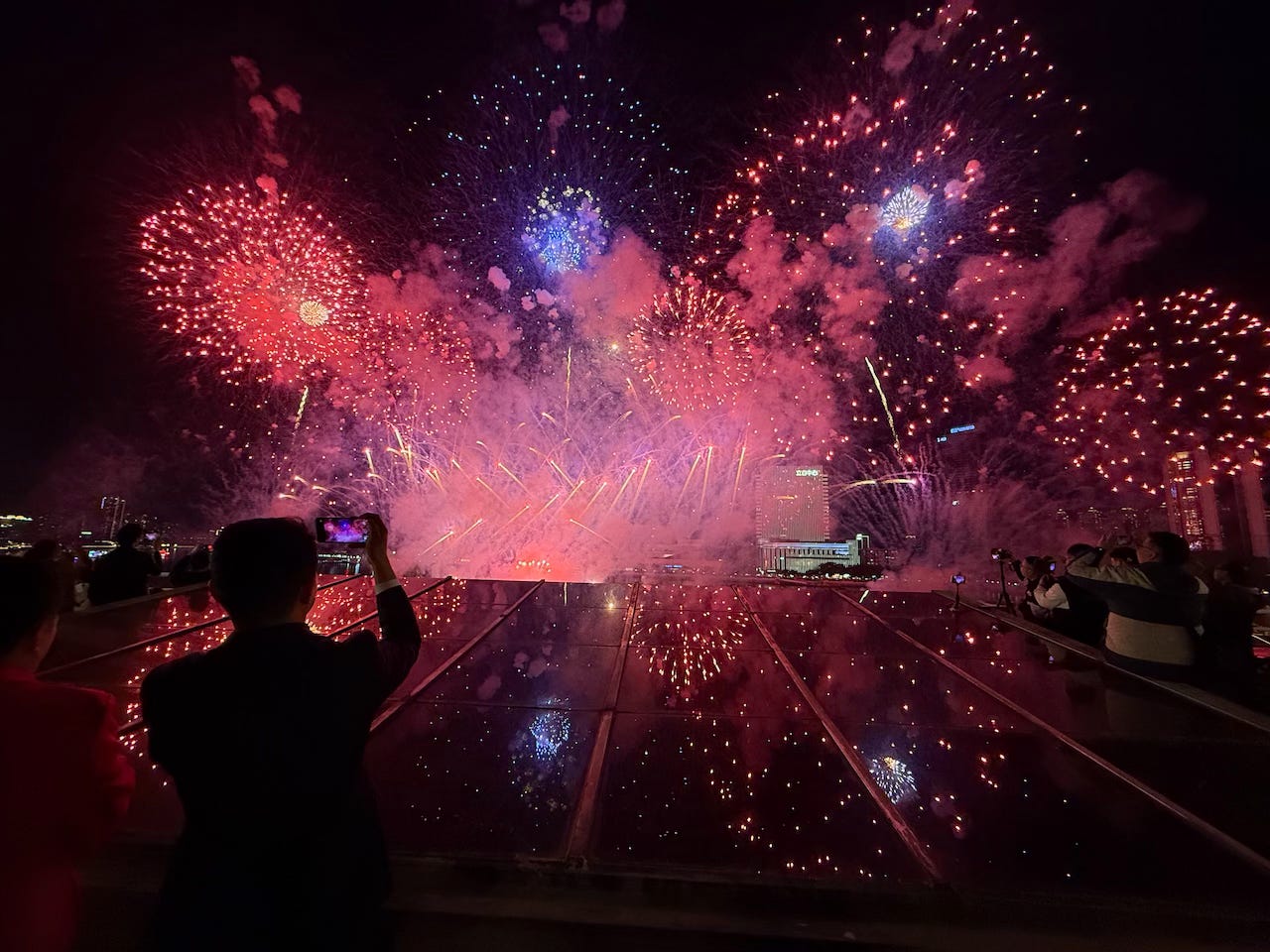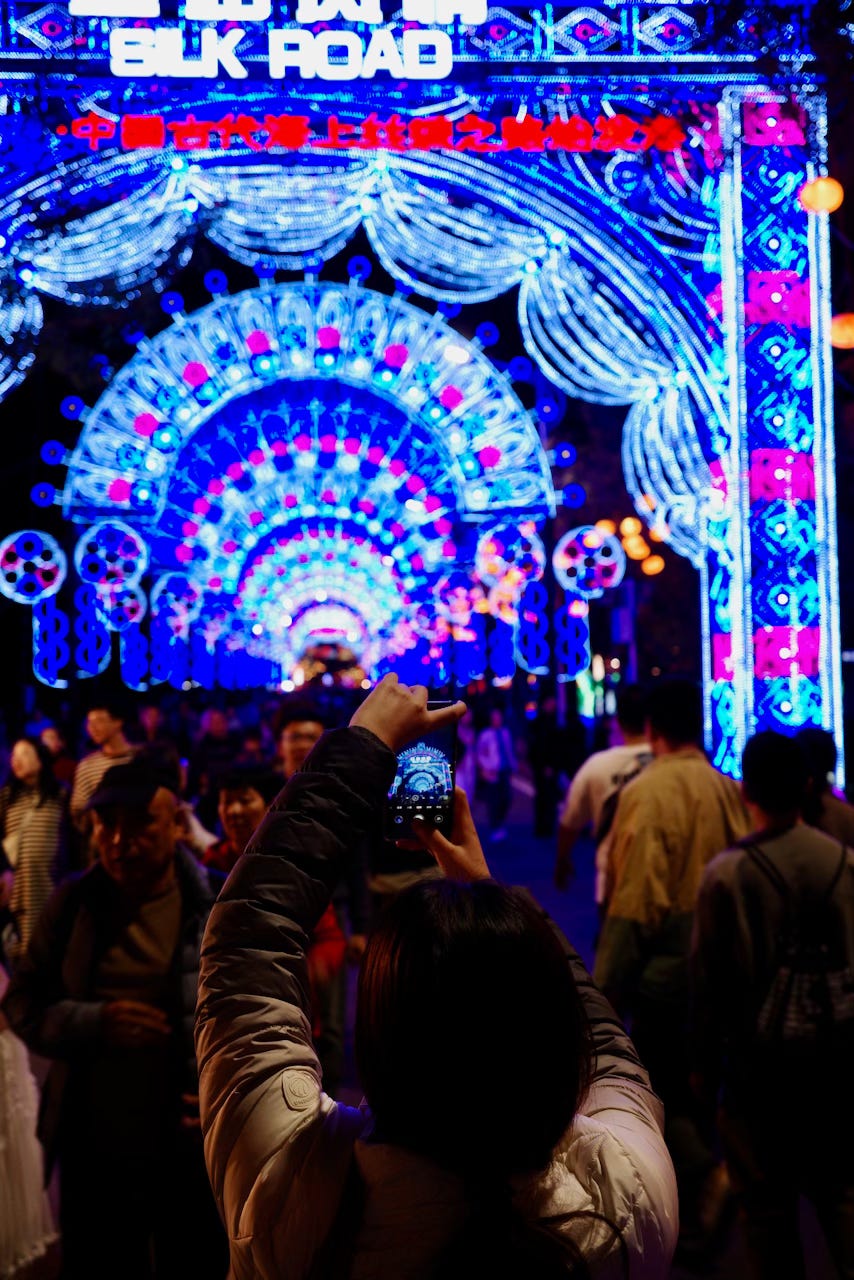Postcard from Guangzhou
A view from a possible future
I recently returned from a trip with my family to Guangzhou at the end of January. It’d been many years since I last traveled with this group to an unfamiliar location, and the week we spent together held many reminders of why that was so. Nonetheless, this was my first opportunity to return to China in over a decade, and I was eager to see how things had changed.1 Furthermore, I was excited to experience the ebullient atmosphere surrounding the weeklong Lunar New Year holiday.
On the 16-hour plane ride, I envisioned standing in a night market lit by strings of red paper lanterns, sipping a cheap beer out of a returnable glass bottle, mingling shoulder-to-shoulder with fellow revelers as strands of firecrackers hanging from fire escapes and building entrances erupted in every direction. There would be vendors of fried foods and ice cream yelling incomprehensibly over the din, competing for our patronage. Lion dancing troupes would slither through the cacophony, smashing cymbals and banging drums to clear a path through the crowd of onlookers, eager to slip cash-filled red envelopes into the technicolor costume’s gaping maw. I would buy and eat exactly one caramel-covered hawthorn berry kebab, savoring each crunch of the cloying, bruleed shell as it gave way to the tart and mealy fruit beneath.
This imagined scene would have been commonplace not that long ago, but it was nowhere to be found upon my arrival in 2025. Over the past decade, strictly enforced fireworks bans have become the norm in most major cities. While some streets remain closed to cars and lined with seasonal vendors of treats and tchokes, any sense of holiday spirit was outshined by the staggering quantity of colored LEDs adorning every facade, rendering the whole scene in the ersatz saturation of a generative AI graphic. The attendees themselves seemed distracted and disinterested in what was in front of them, rushing away from one thing and onto the next, oblivious to other people and their surroundings, unless it was being fed through their camera’s lens.
When I was last in China in 2013, smartphones were a luxury good, most purchases were facilitated by wads of cash2, and Google Maps still worked on my iPhone 5. Shortly thereafter, phone prices fell precipitously as a reinforced and heightened Great Firewall pushed most Western tech companies out of the country as a uniquely Chinese internet took root.
Nowadays, in a society that never learned to trust credit cards, nearly all commerce is now facilitated by some combination of QR codes, app-based payments, and biometrics. (I had to scan my face just to gain admission to a zoo.) It’s possible to access any digital service one might need or want from within the singular WeChat app. The result is a level of digital consolidation unparalleled anywhere else in the world — a source of inspiration and envy for those in the West who aspire to emulate it.
However, the speed with which China was able to implement and enforce some of the world’s harshest and longest-lasting lockdown restrictions demonstrated how easily a willful government can convert the tools of routine convenience into a means of coercive control with the aid of an acquiescent private sector.
Anyway, here are some pictures I took in Guangzhou. (View them full-sized in browser.)
Update 3/13/25: The NY Times just published this piece about the lingering effects of the COVID lockdowns in Shanghai. It lines up with my personal experience of “the vibe” in Guangzhou and is well worth the read if you’re curious how things have changed.

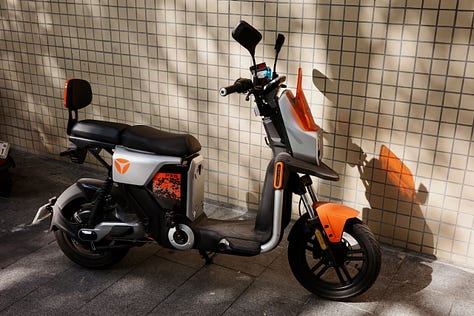


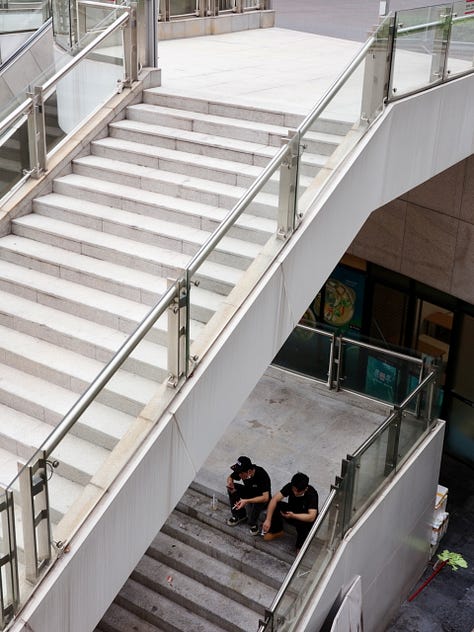
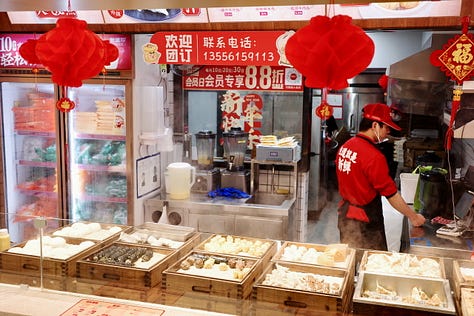
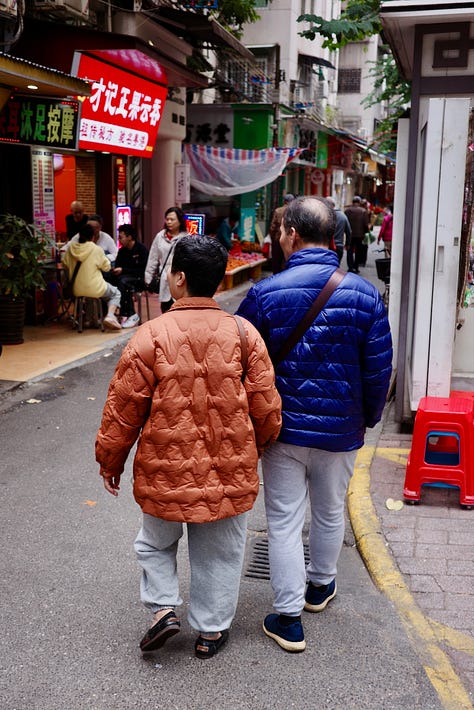
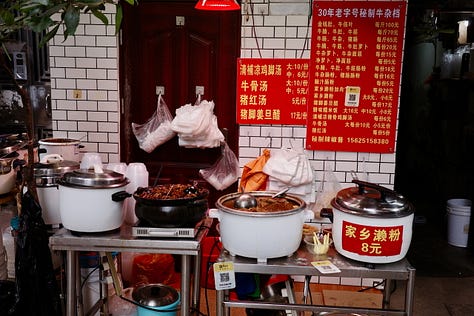
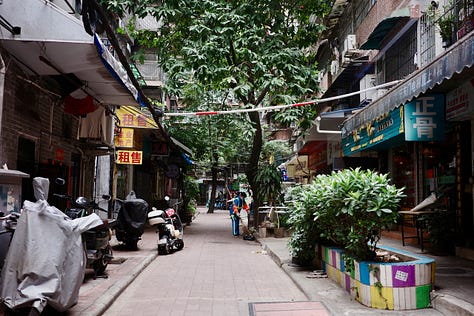
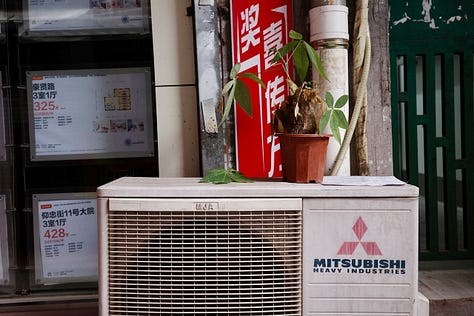
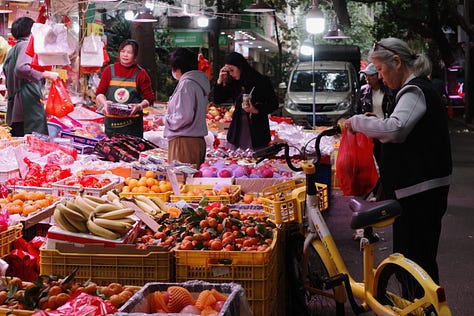
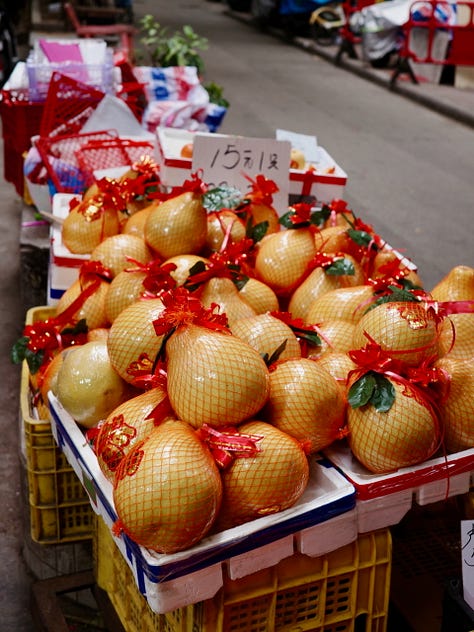
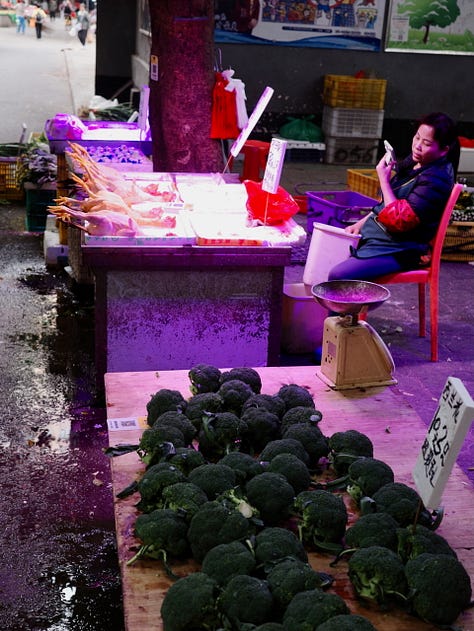
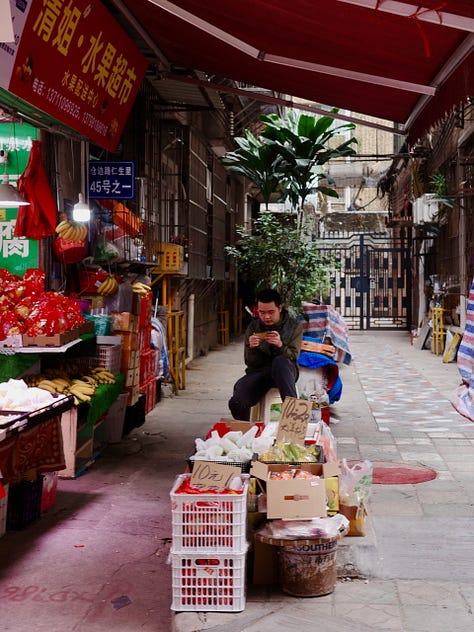
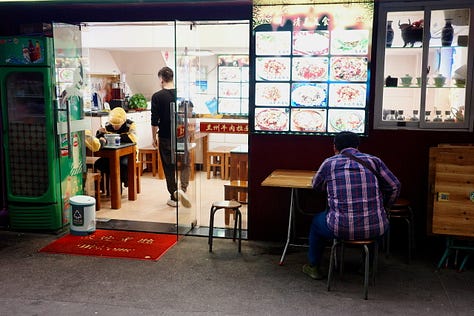
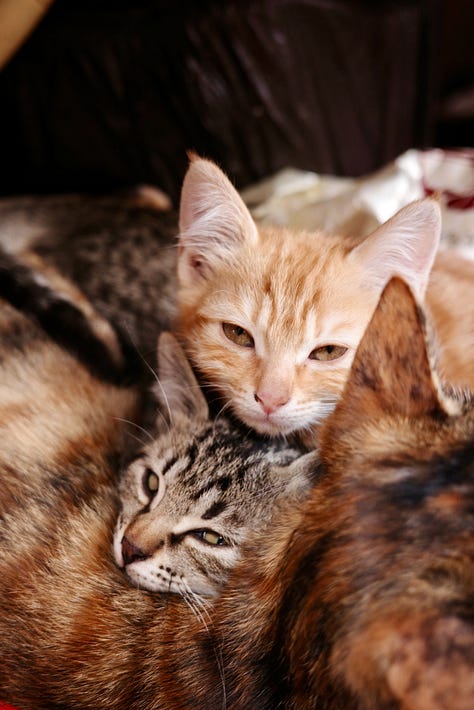
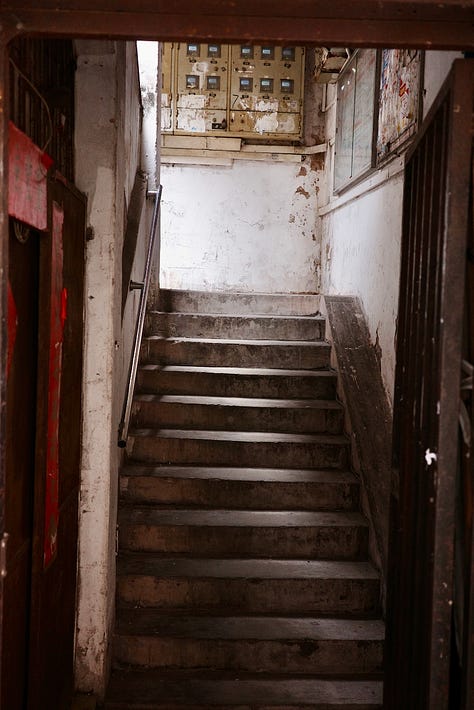
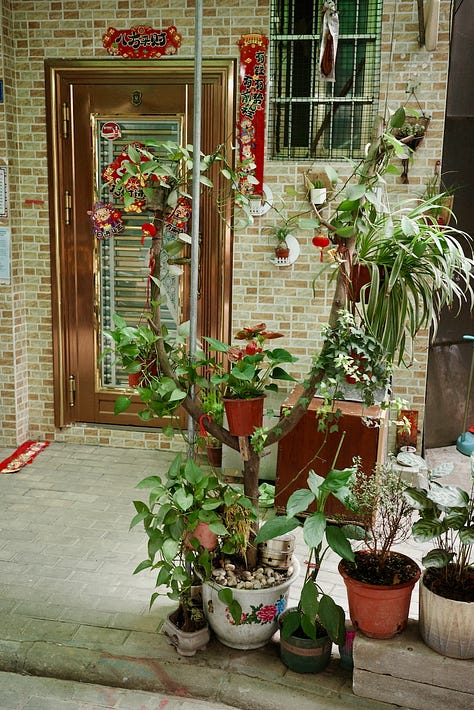

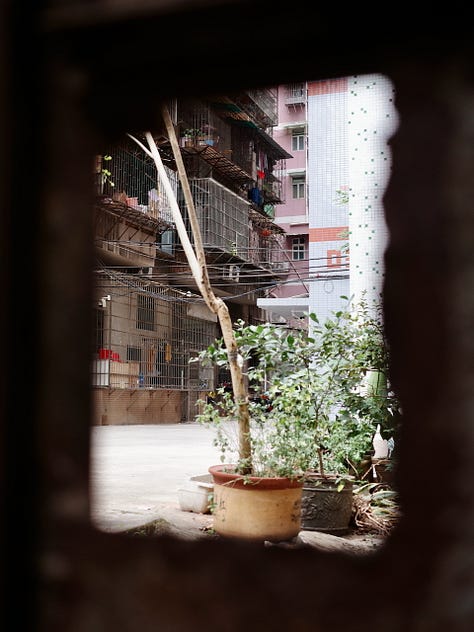
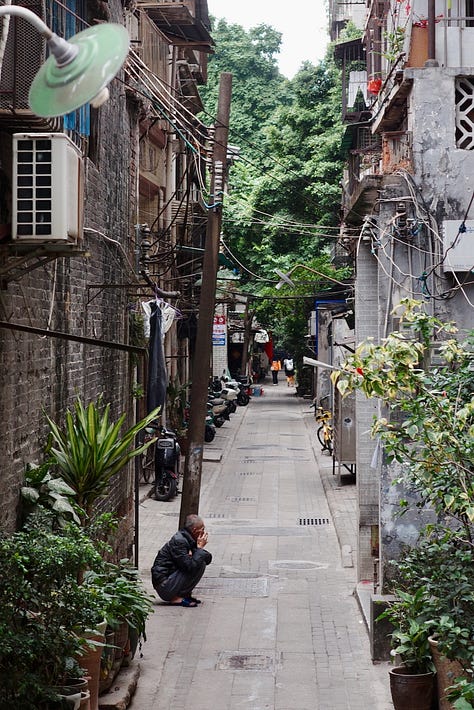
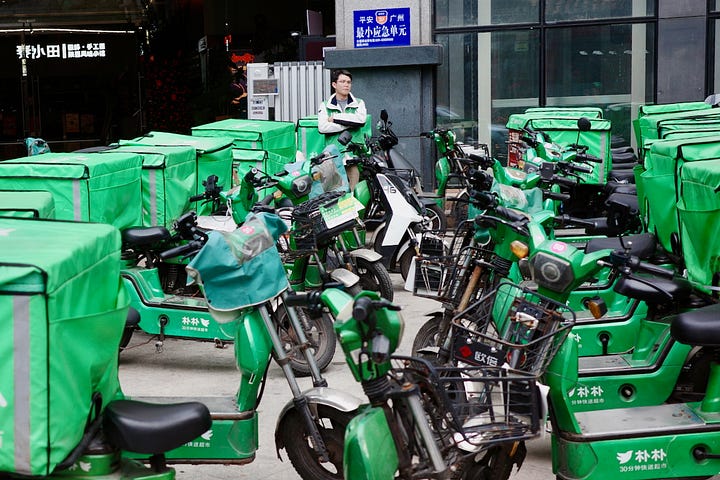
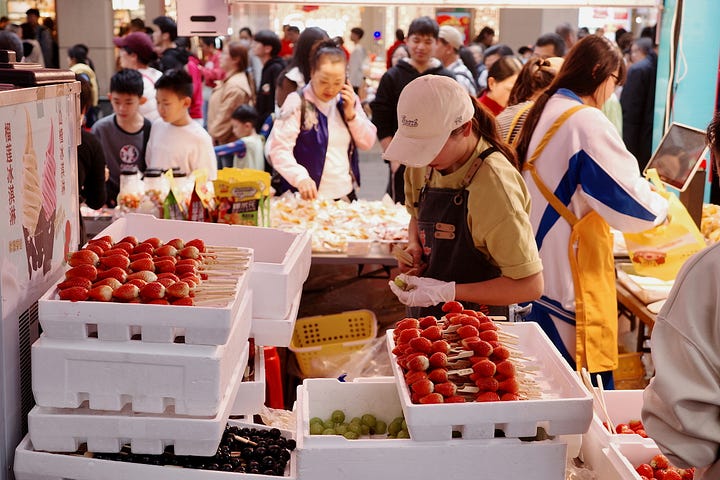

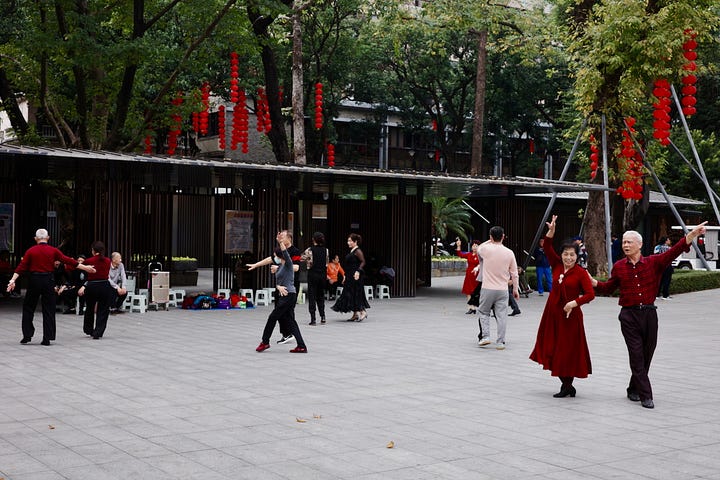
I’d had a plane ticket booked for early 2020 but…
The largest denomination of the CNY bill is worth 100 yuan, which is only worth about $14 USD


